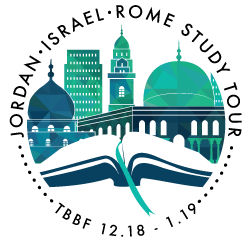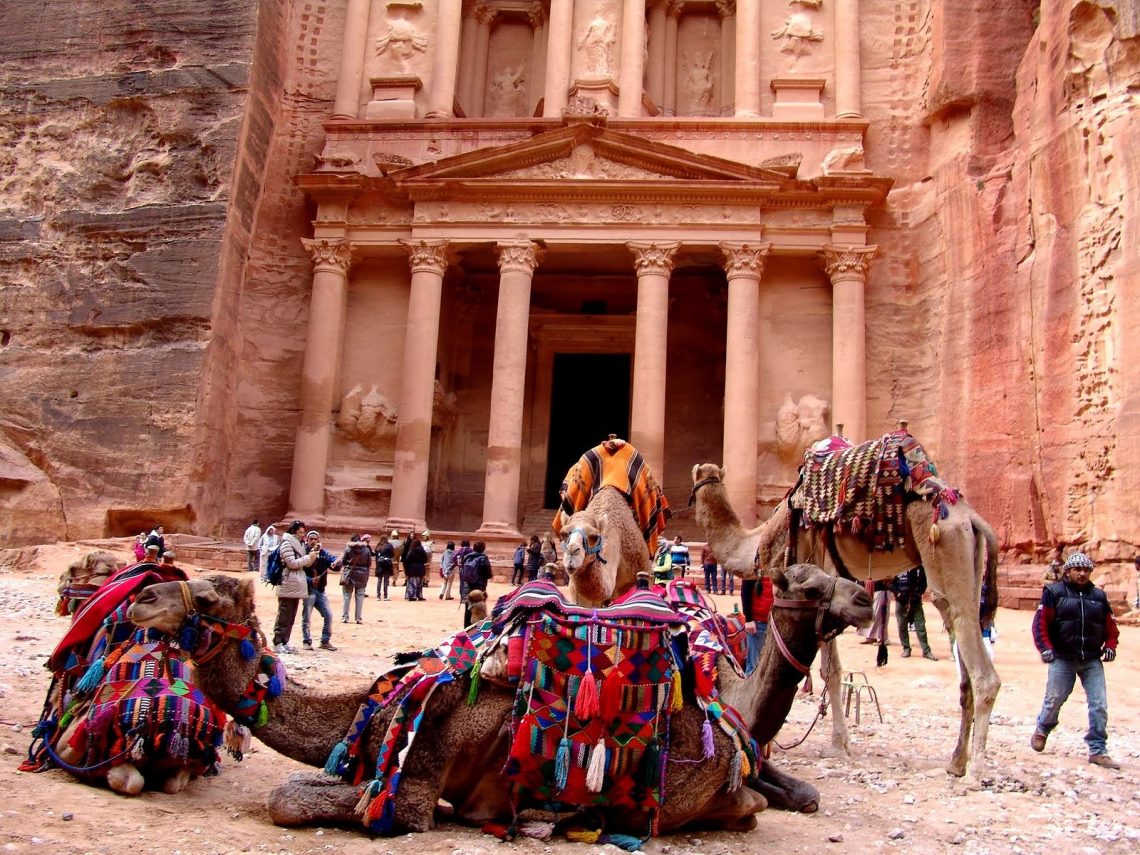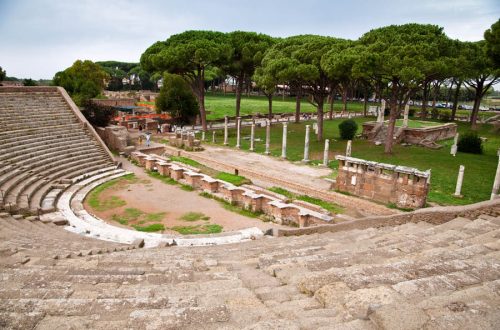
Today after breakfast and a few hours bus ride, we will be visiting one of the “7 Wonders of the Modern World.” It’s the ancient city of Petra. The city is an ancient Edomite and Nabatean capital. The Bible refers to this area as “Sela.” and it is located about 170 miles south of Amman, 50 miles south of the Dead Sea. Aptly named, much of the city is carved into sandstone cliffs.

In 2 Kings 14:7 and 2 Chronicles 25:5-16 the story is told of King Amaziah’s victory over the Edomites and the city of Sela. This took place around 800 BC. It’s a sad story of one of the kings of Judah who followed the Lord, but not with his whole heart, often relying on himself. Ultimately, this led to his downfall. We’ll talk more about this biblical story “on location.”
About 200 years later the Edomites helped Nebuchadnezzar, king of the Babylonians, and rejoiced over his destruction of Jerusalem in 586 BC. The Edomites seemed so secure and invincible, with their high and rugged mountains and fortresses of rock. But Jeremiah prophesied about their ultimate judgment from the Lord in Jeremiah 49:16-18. As we visit Petra we will see firsthand the remains of a location where God’s Word stands fulfilled against a people that stood in defiance against Him. I think it will be surreal!
An Arab people called the Nabateans eventually inhabited the city, even until Roman times. When the Romans annexed the city, around 106 AD, its final downfall was under way. At one time it was estimated that 30,000 people lived in this protected canyon. But now only tourists and local vendors visit the ancient ruins.

We will enter Petra from a narrow crevice called the Siq. It is a windy passage traversing about a mile through mountainous terrain. This terrain provided an excellent natural defense for Petra’s inhabitants. Options will be available to either walk or ride through this narrow passage way (it is recommended that we walk if possible). Fans of there movie, “Indiana Jones and the Last Crusade,” will remember the Siq and the treasury building of Petra. As we enjoy the many magnificent views of Petra, the numerous photos we take will remind us of our time visiting this place, that was once inhabited by the descendants of Abraham, Isaac, and Esau!








3 Comments
Katherine.Aeschleman
I am excited that we could be going away to the “Arabia” Paul went to, as I saw in this article from Biblical Archaeology Review.
What Was Paul Doing in “Arabia”?
By Jerome Murphy-O’Connor
About Paul’s missionary journeys to the west much has been written. But almost nothing has been said of his trip to Arabia. No wonder; it is barely mentioned, almost as an aside, in Galatians 1:17: “I went away into Arabia, and again I returned to Damascus.
The first-century Jewish historian Josephus provides a very precise answer: Arabia could be seen to the east from a tower in Jerusalem. More specifically, it was contiguous to Herodian territory running along the southern border of the Roman province of Syria. Petra was the royal seat of Arabia, hence the name “Arabia Petrea,” or “Arabia belonging to Petra.” This mountain-encircled city, however, was the capital and chief city of the Nabateans, hence another name, “Arabia of the Nabateans.”
Bible Review 10:5, October 1994
Diane.Brown
Hello there holy team!
Diane here…the Browns and Leinens are sitting here in Paris waiting for our flight to Amman and I thought it would be fun to share with you a little story I wrote after my experience in Petra in 2008. It may be helpful to some as you anticipate this amazing day. Sorry about the poor quality of the reading. Enjoy!
https://www.dropbox.com/s/jb3py0ubpnmqm7x/Di-Israel-Blog.jpg?dl=0
Troy.Rankin
Attachment
View from the cliffs above the Treasury. During the hike up it was amazing to see the different colors of rock and sand. At the very top it was nearly the red of a cardinal. The rest of what we saw in Petra had that reddish hint, but the name Edom really made sense in that moment.